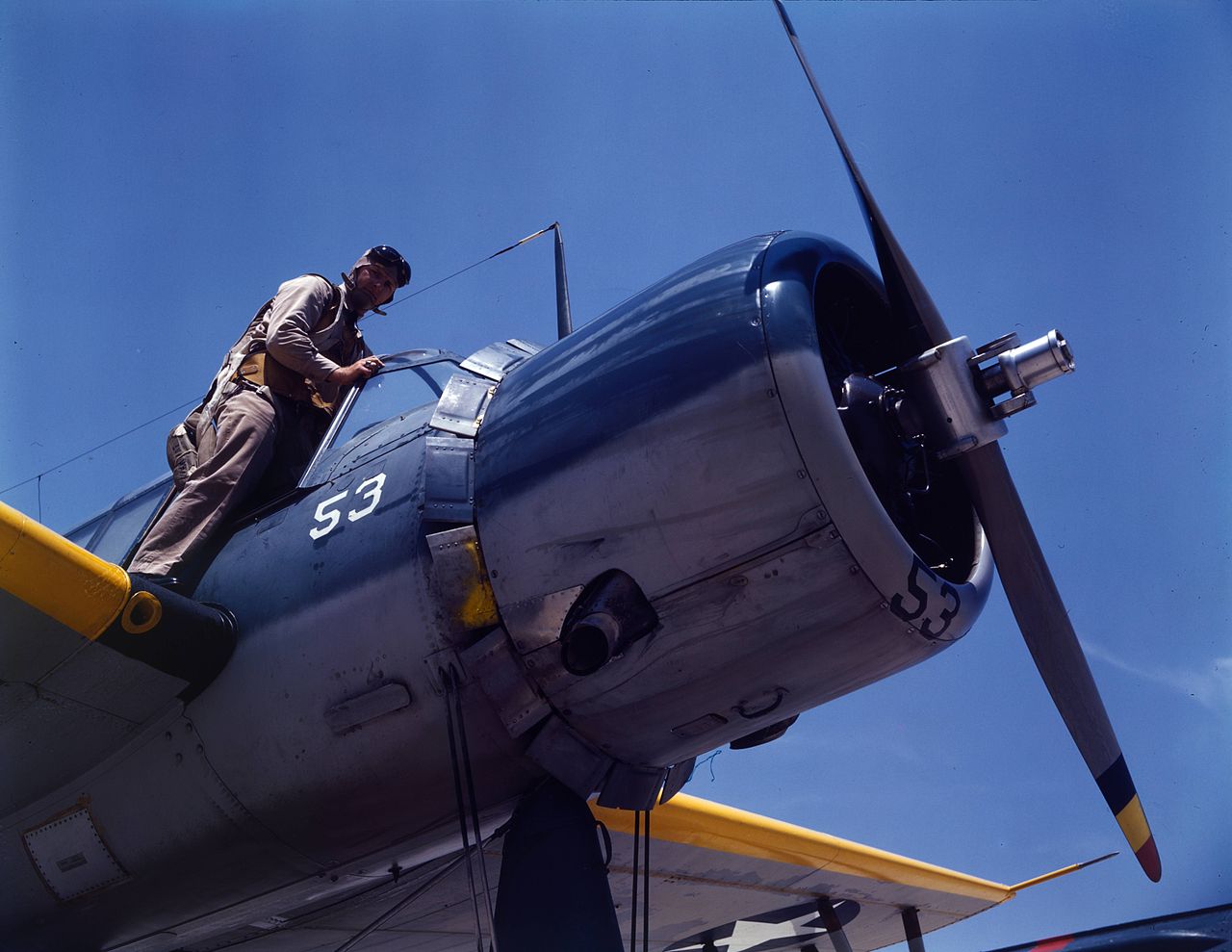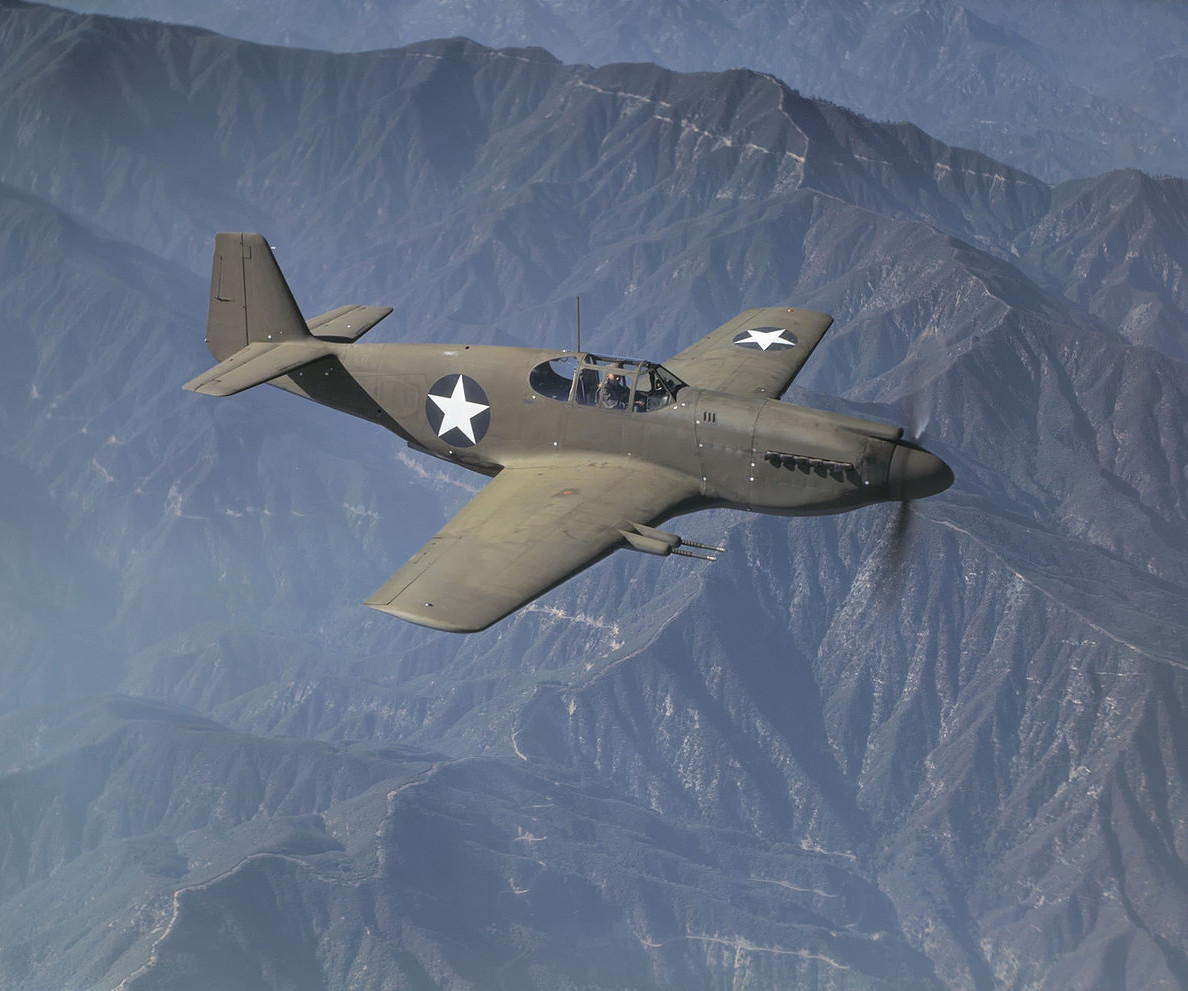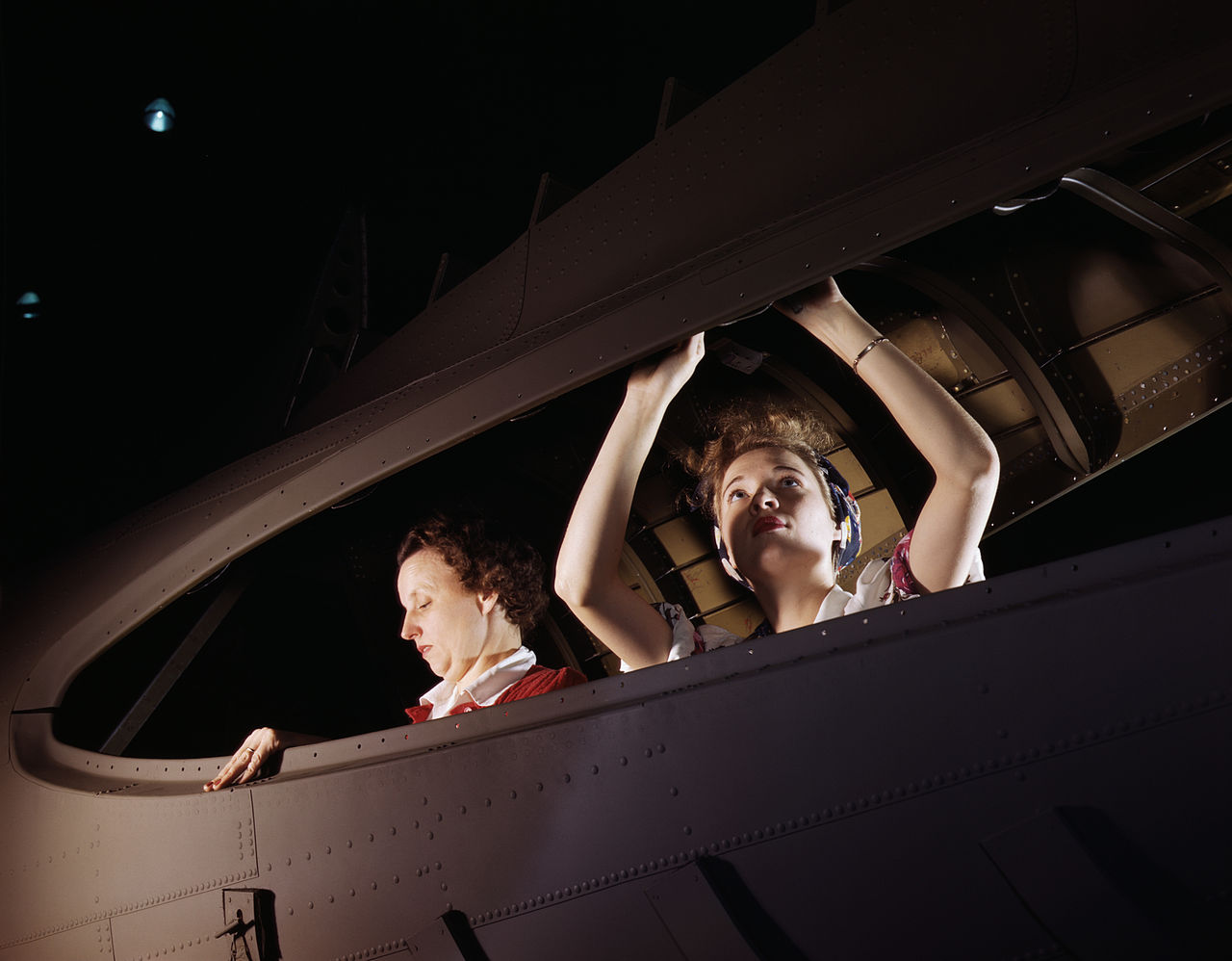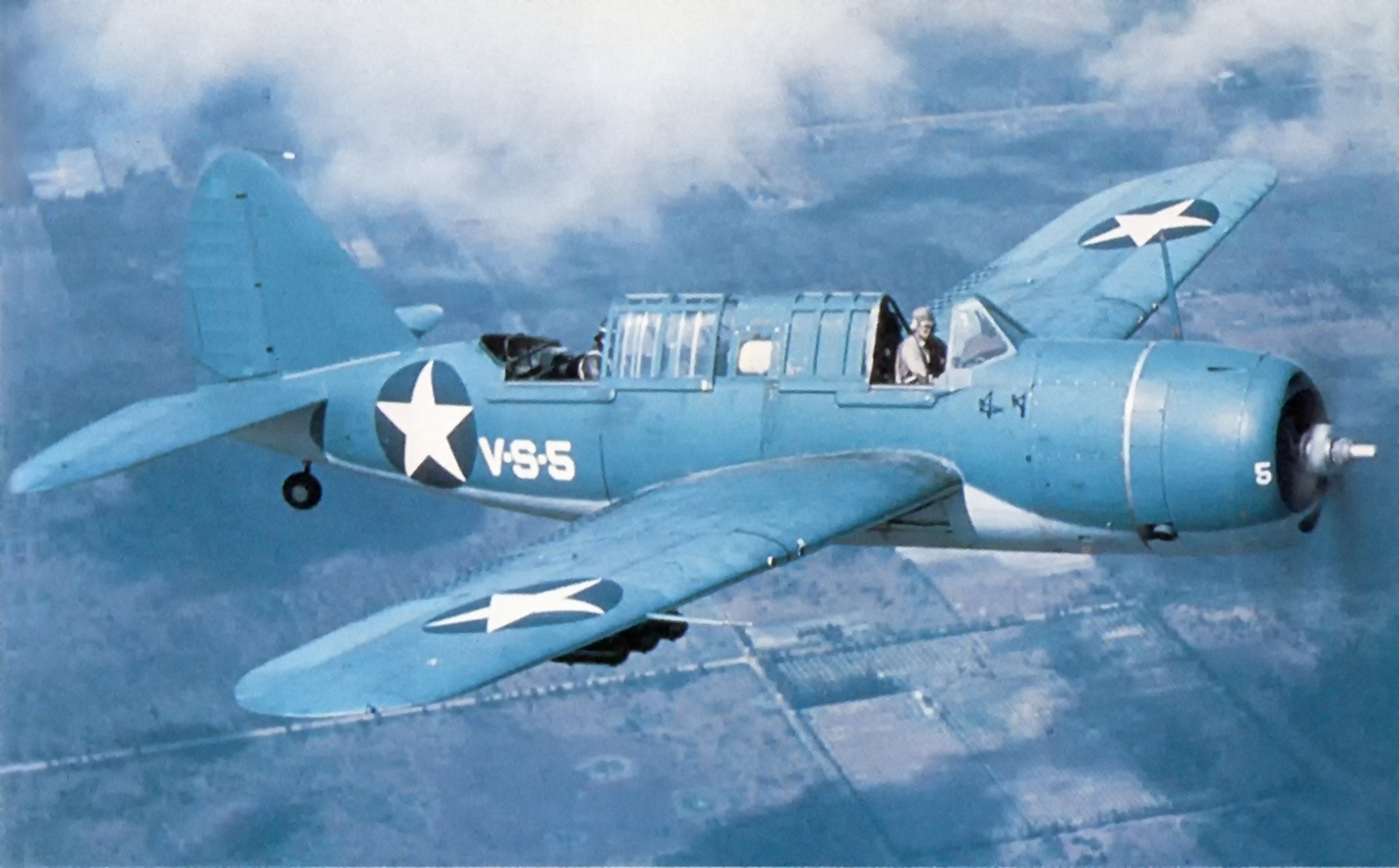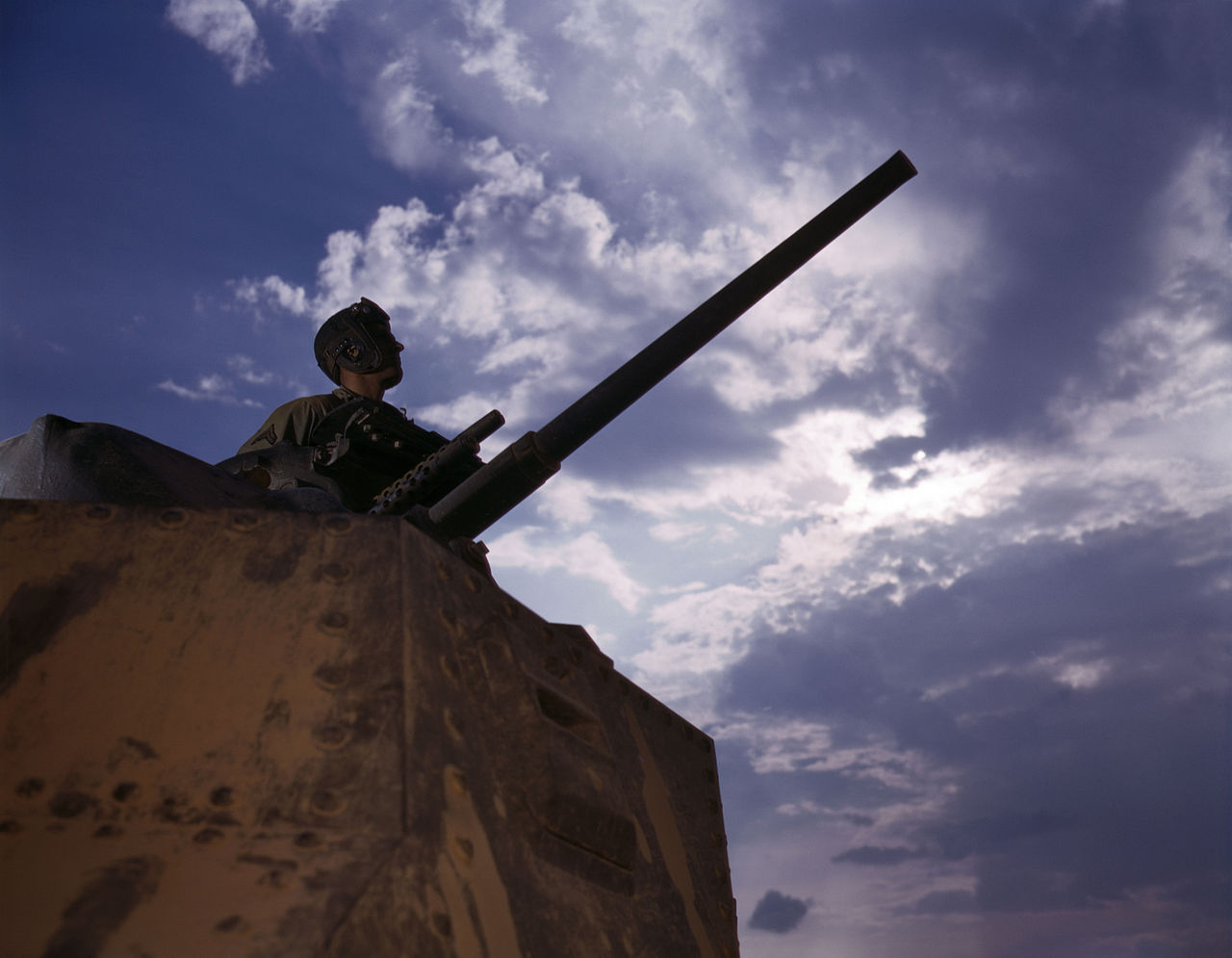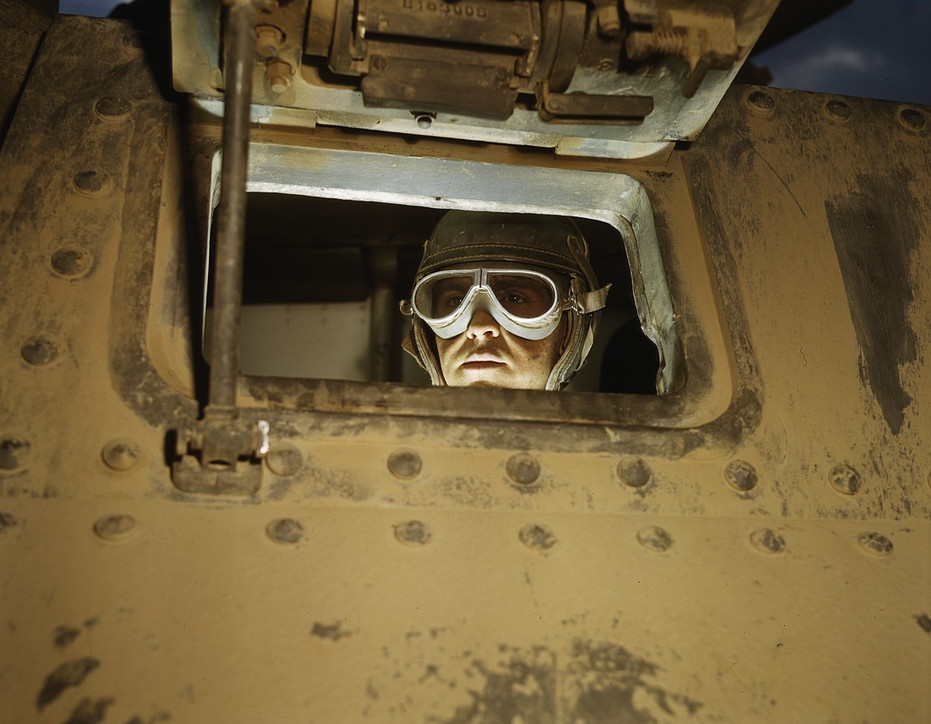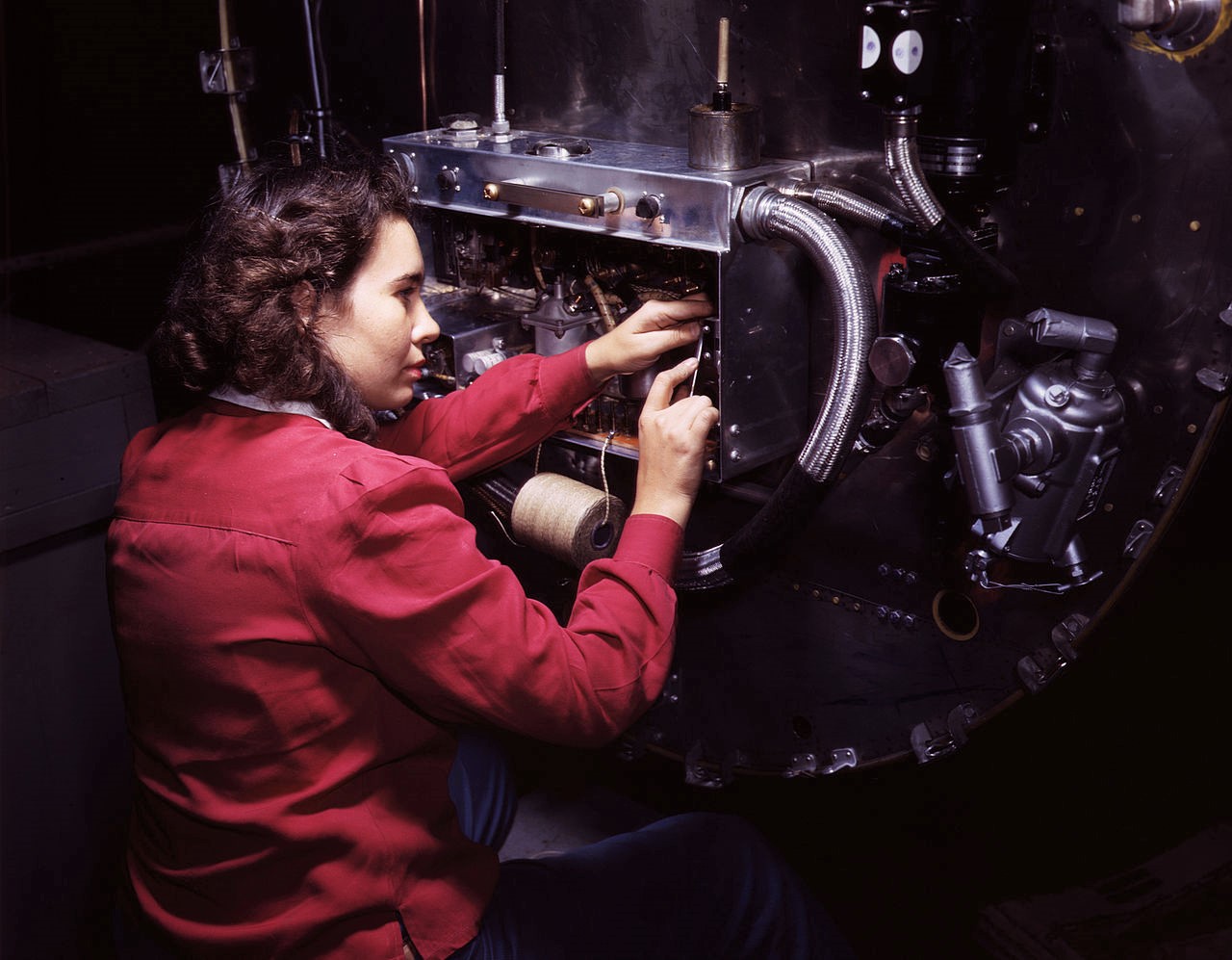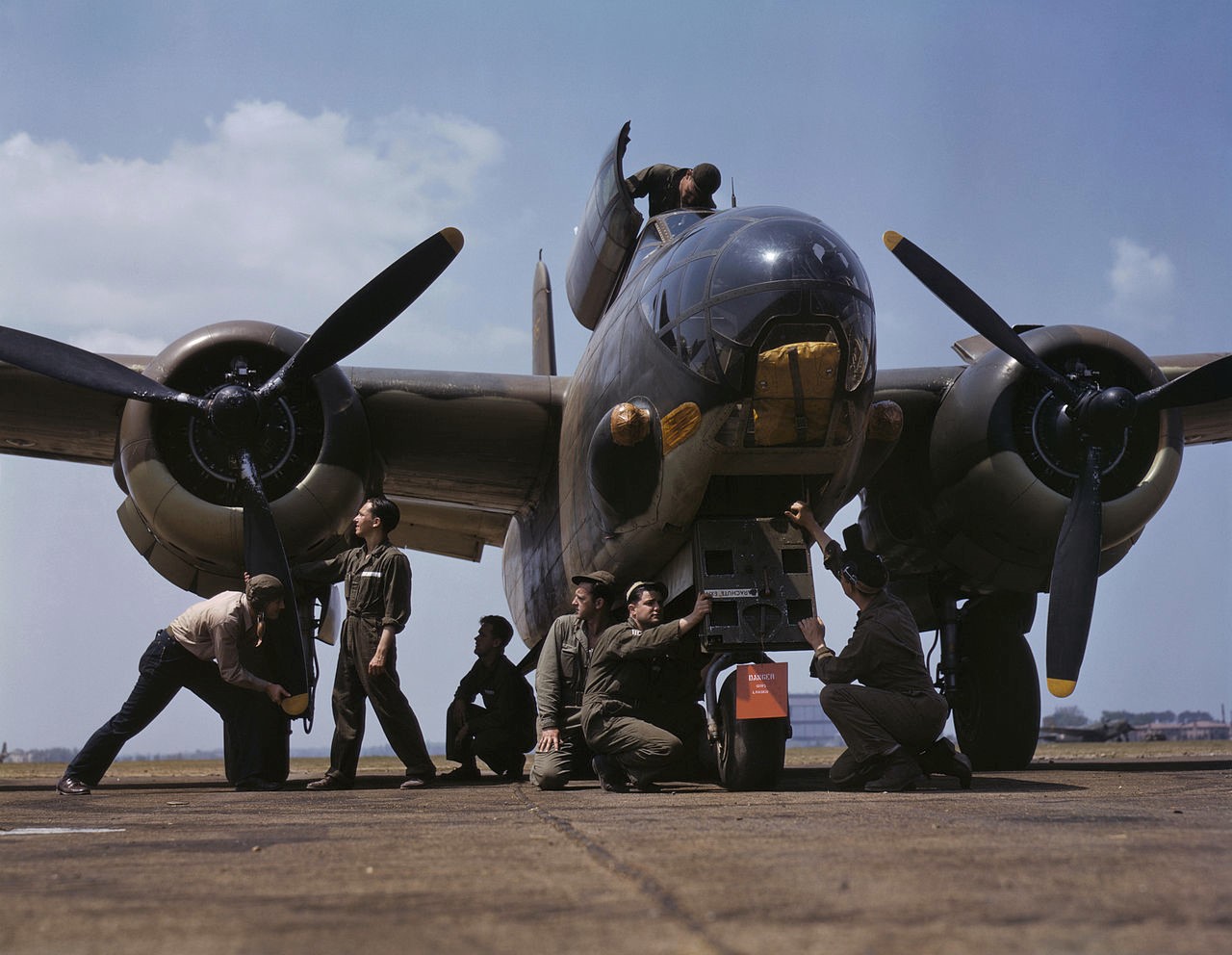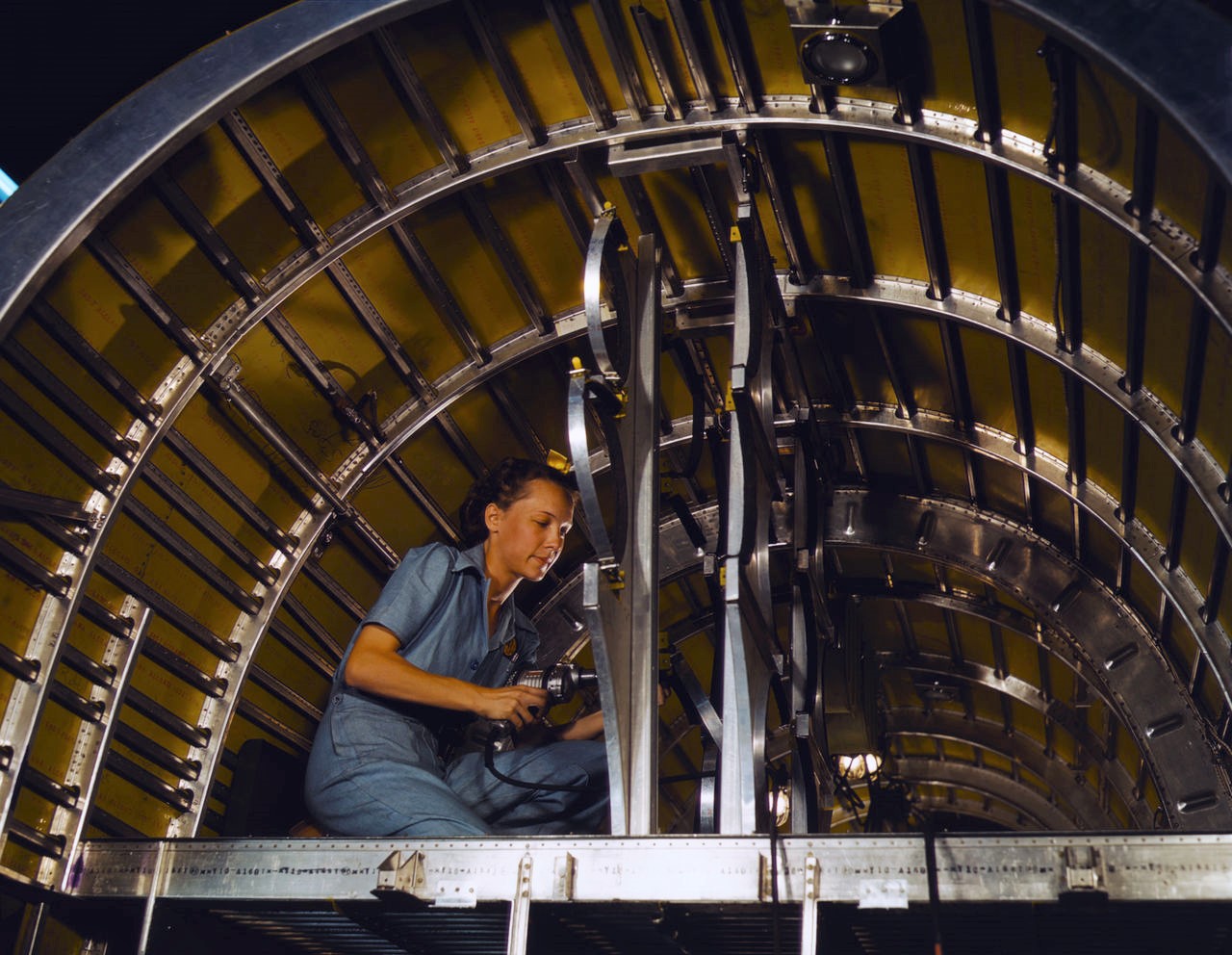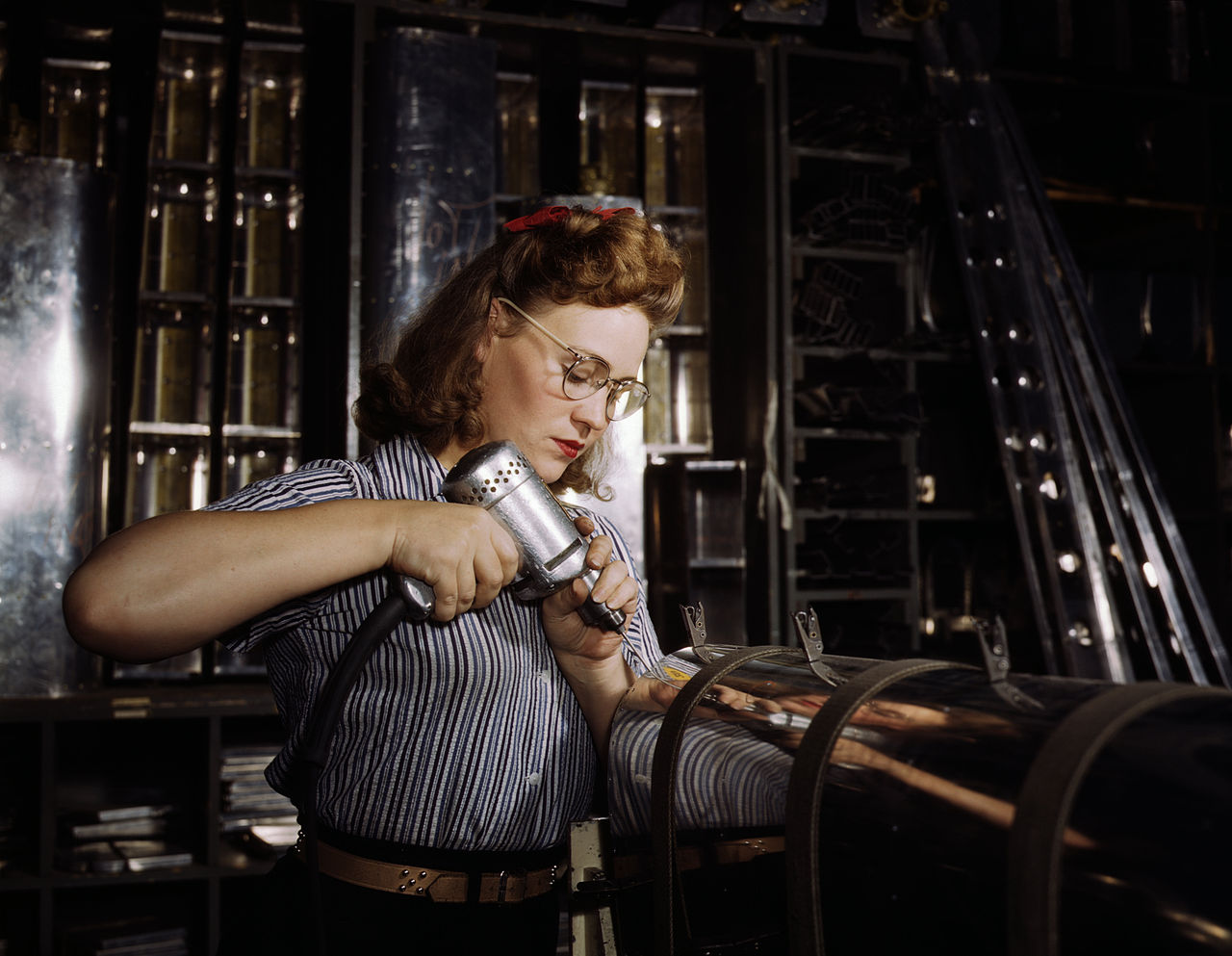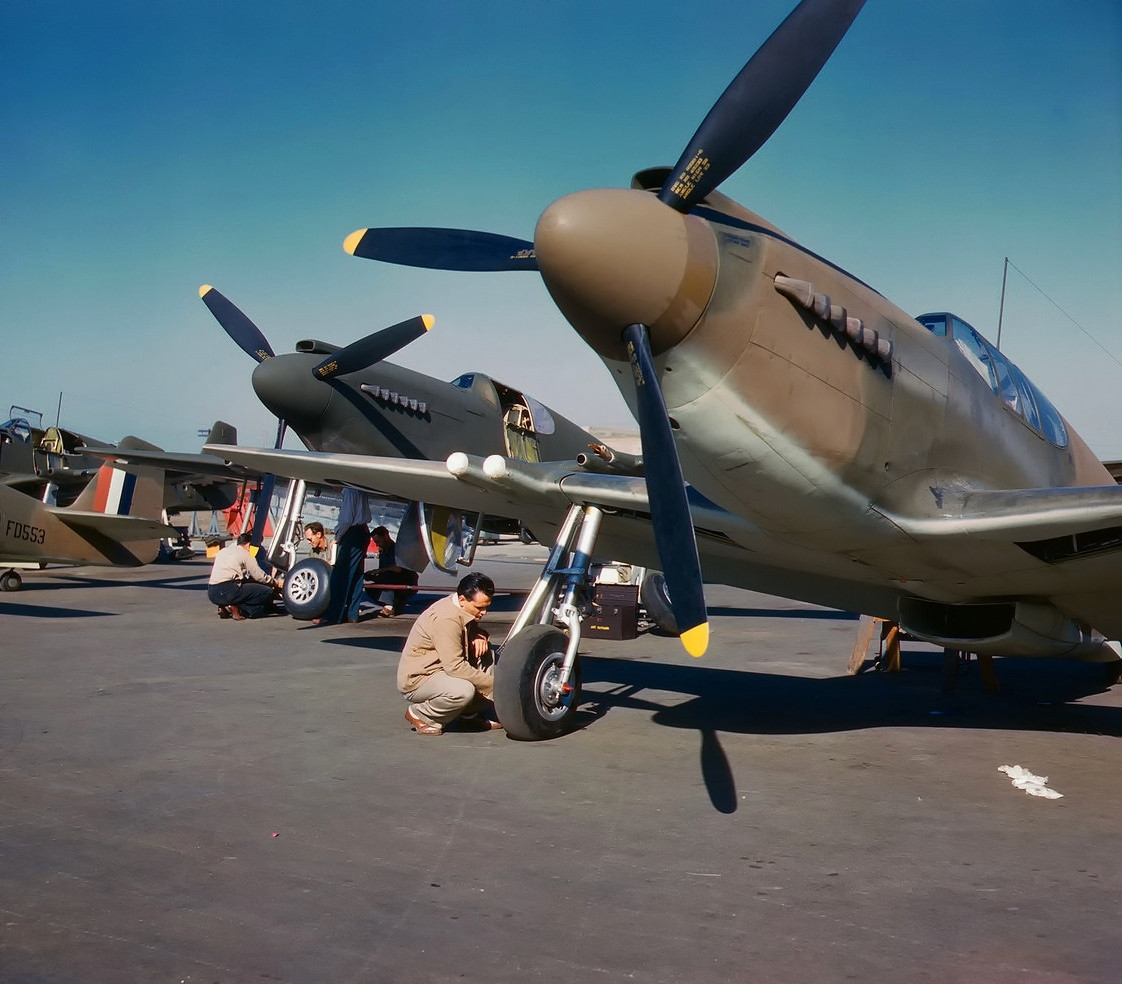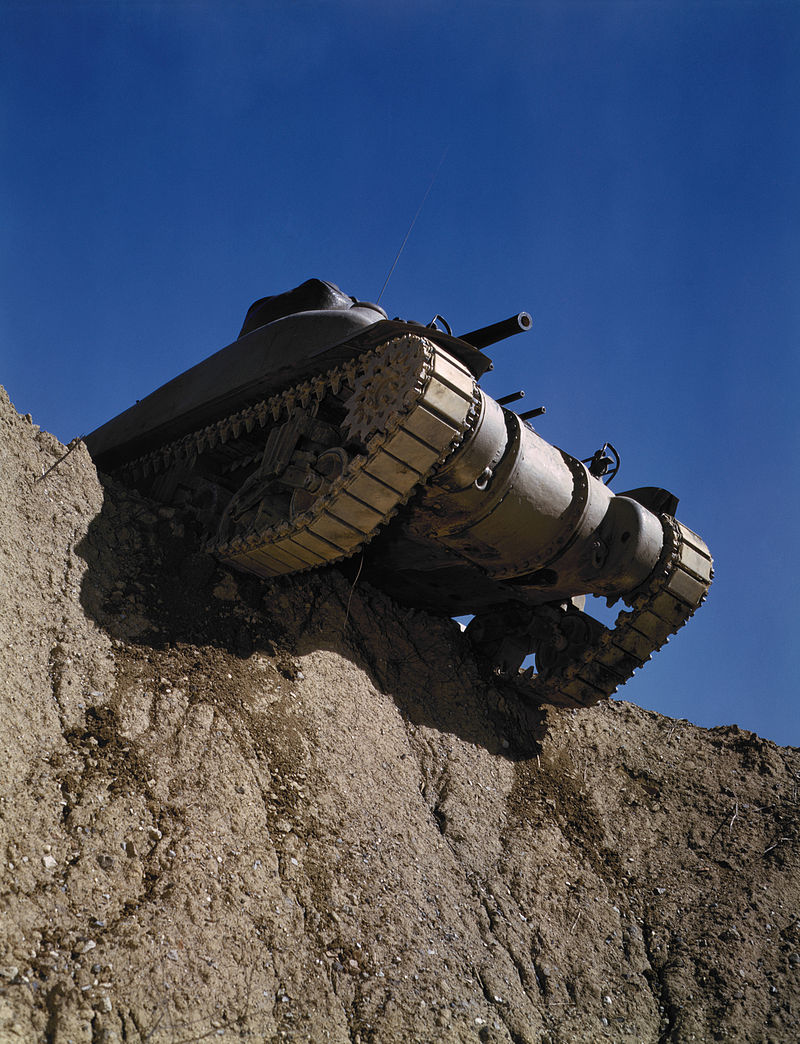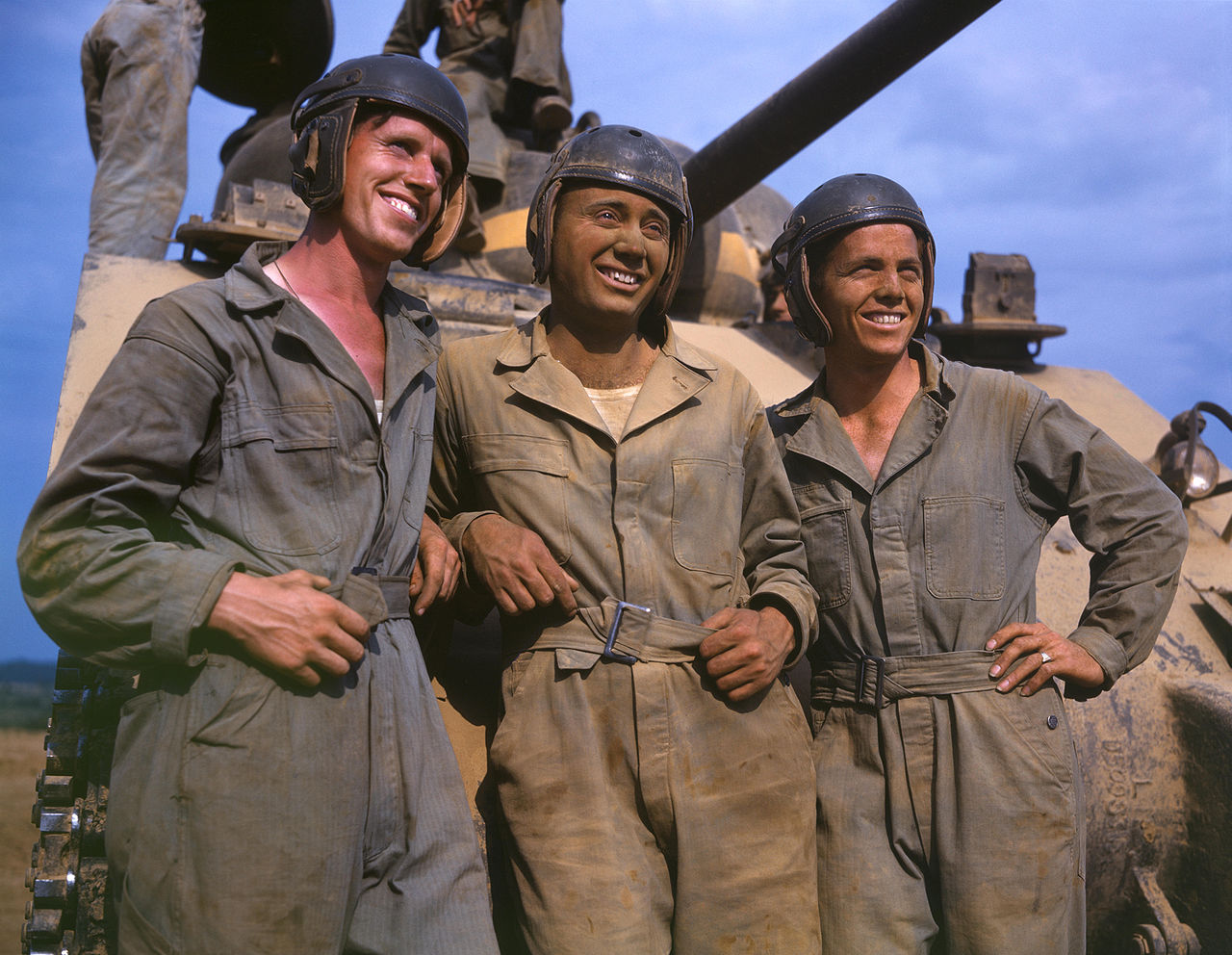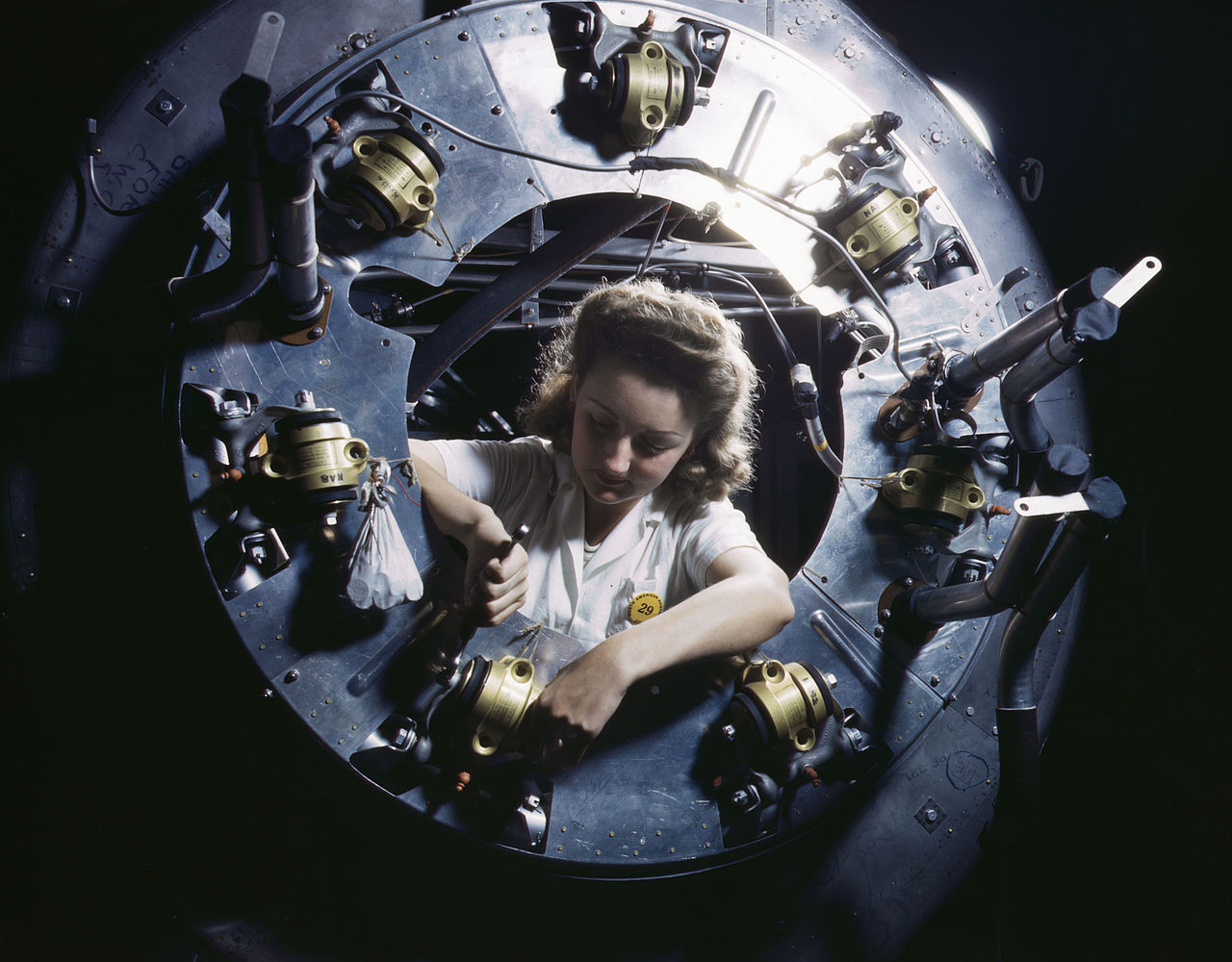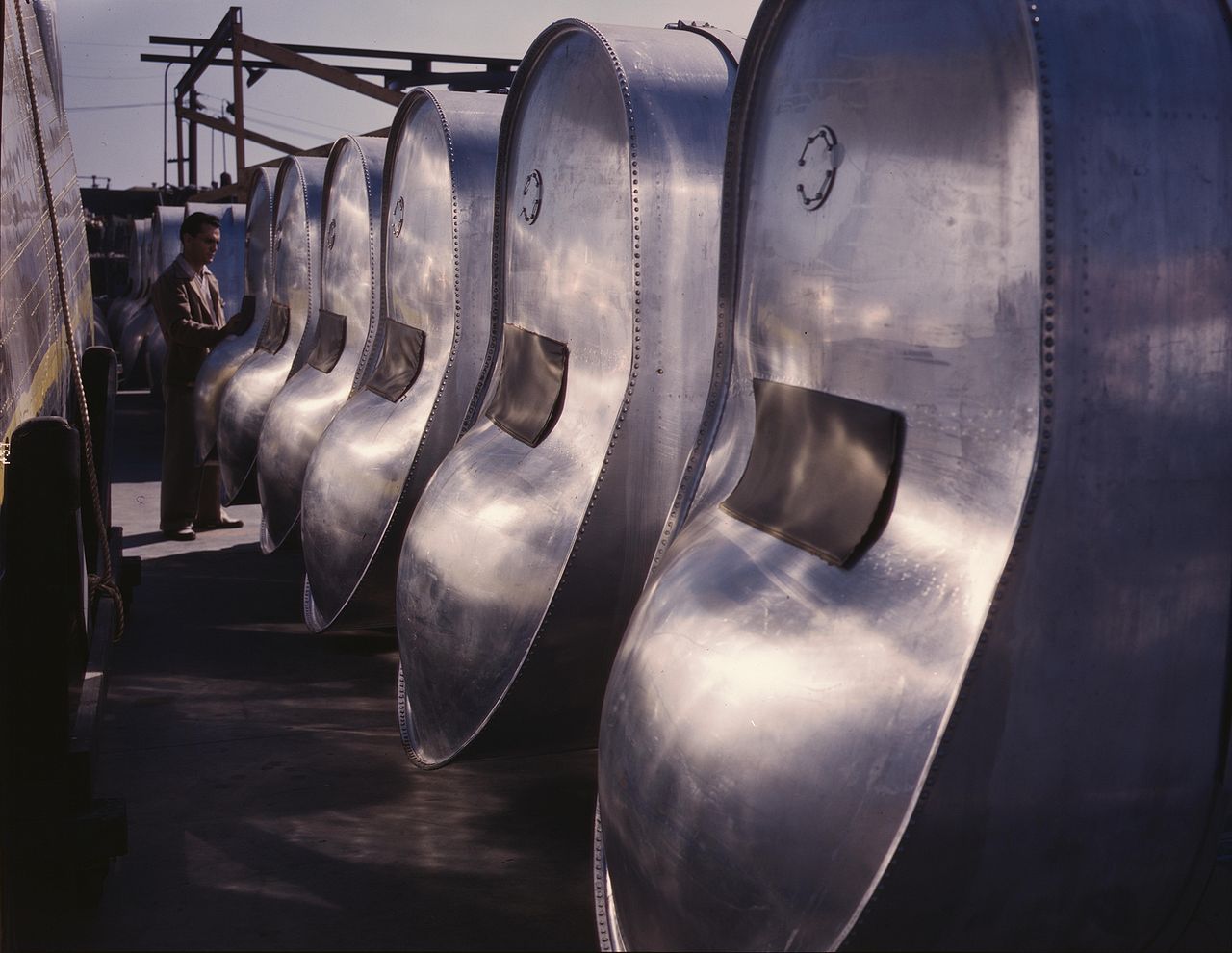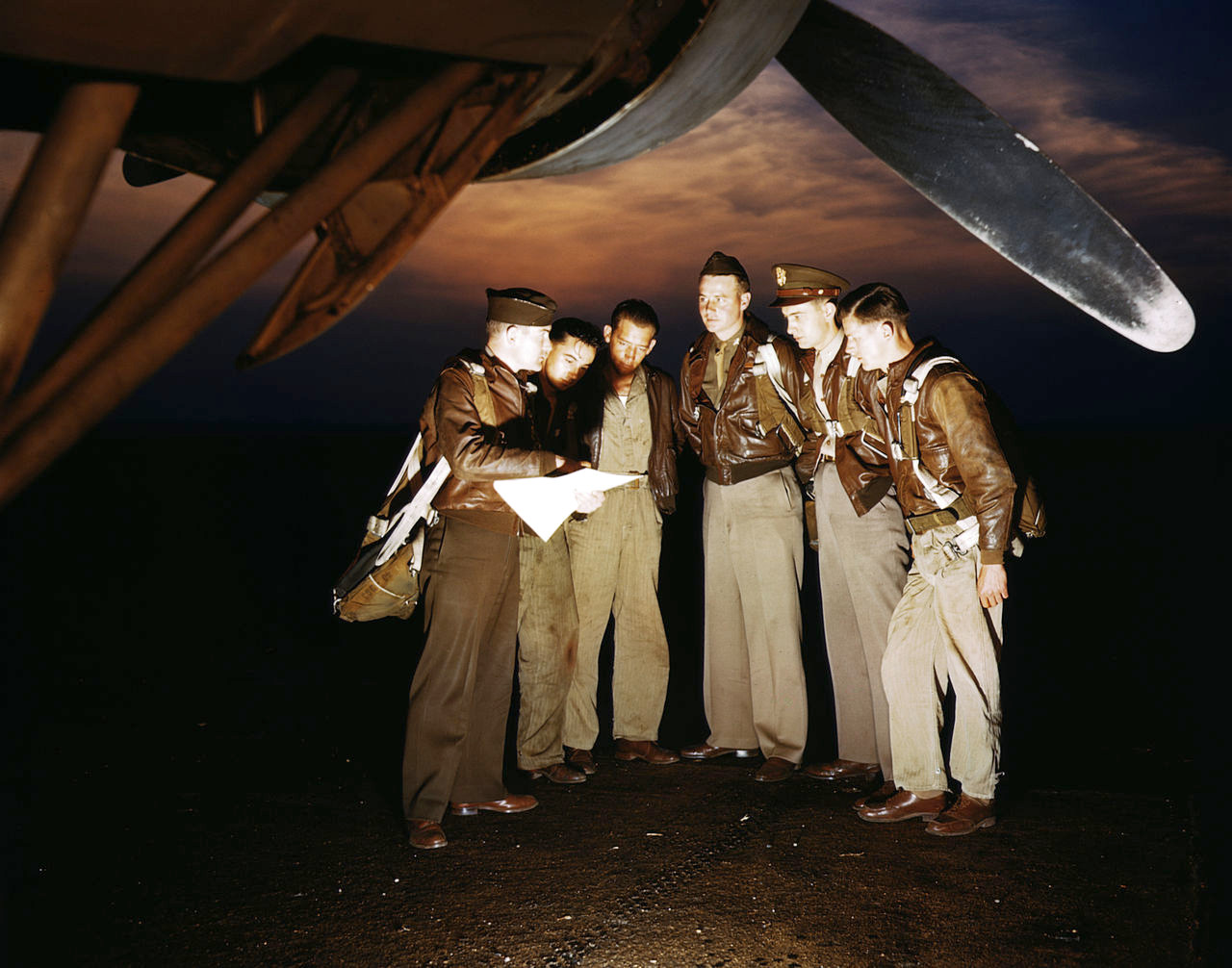Creating 17 million new civilian jobs, the war effort increased industrial productivity by 96 percent and doubled corporate after-tax profits.
The economic recovery that had eluded even the New Deal was finally underway.
Although the war consumed over a third of industrial output, and despite rationing, the increased productivity made consumer goods more widely available.
By 1944, workers enjoyed weekly wages 50% higher than in 1939.
The war brought full employment and a fairer distribution of income. Entirely new industries and technologies were created and new skills learned.
Returning veterans were revered, and rewarded with the GI Bill that laid the foundation for the remarkable economic expansion that we still benefit from today.
Contains affiliate links
In his 1998 book “The Greatest Generation“, Tom Brokaw wrote,
it is, I believe, the greatest generation any society has ever produced.
He said these men and women fought not for fame and recognition, but because it was the “right thing to do.”
In 1942, the United States Office of War Information documented aspects of World War II mobilization in a series of color photographs.
It was a time when the whole country came together as one—to help win the war and build the American Dream.
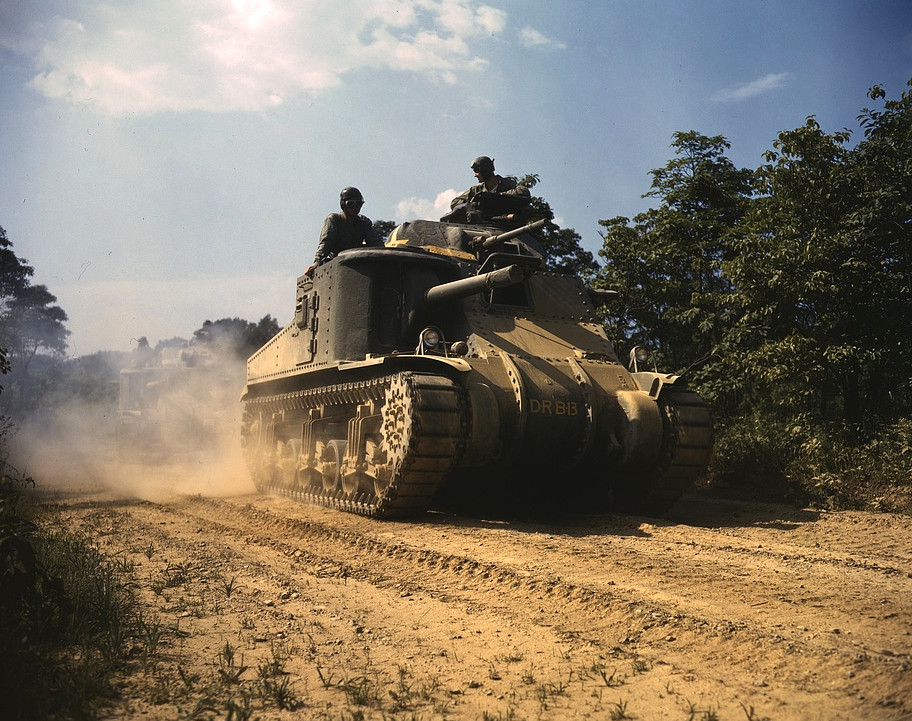
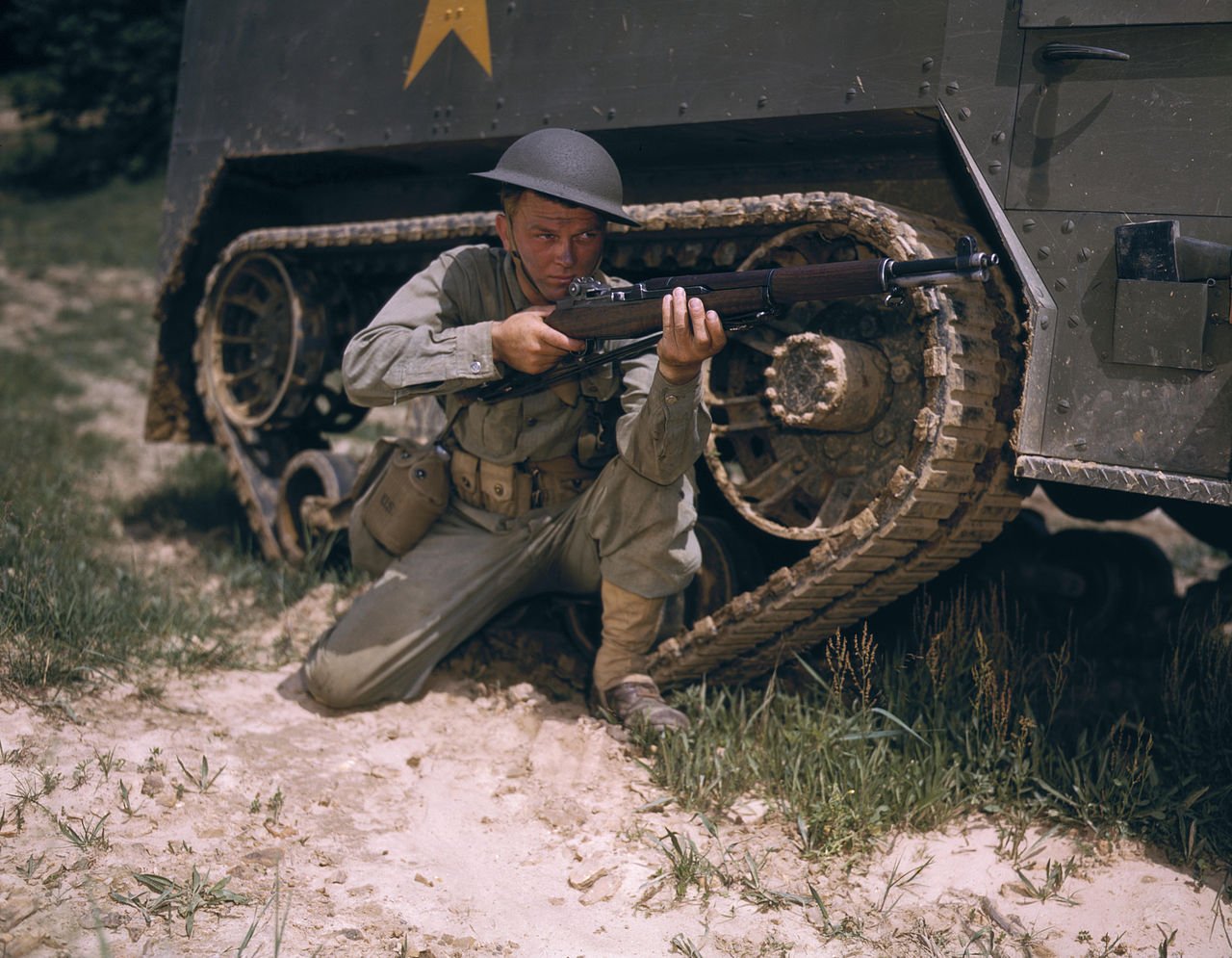
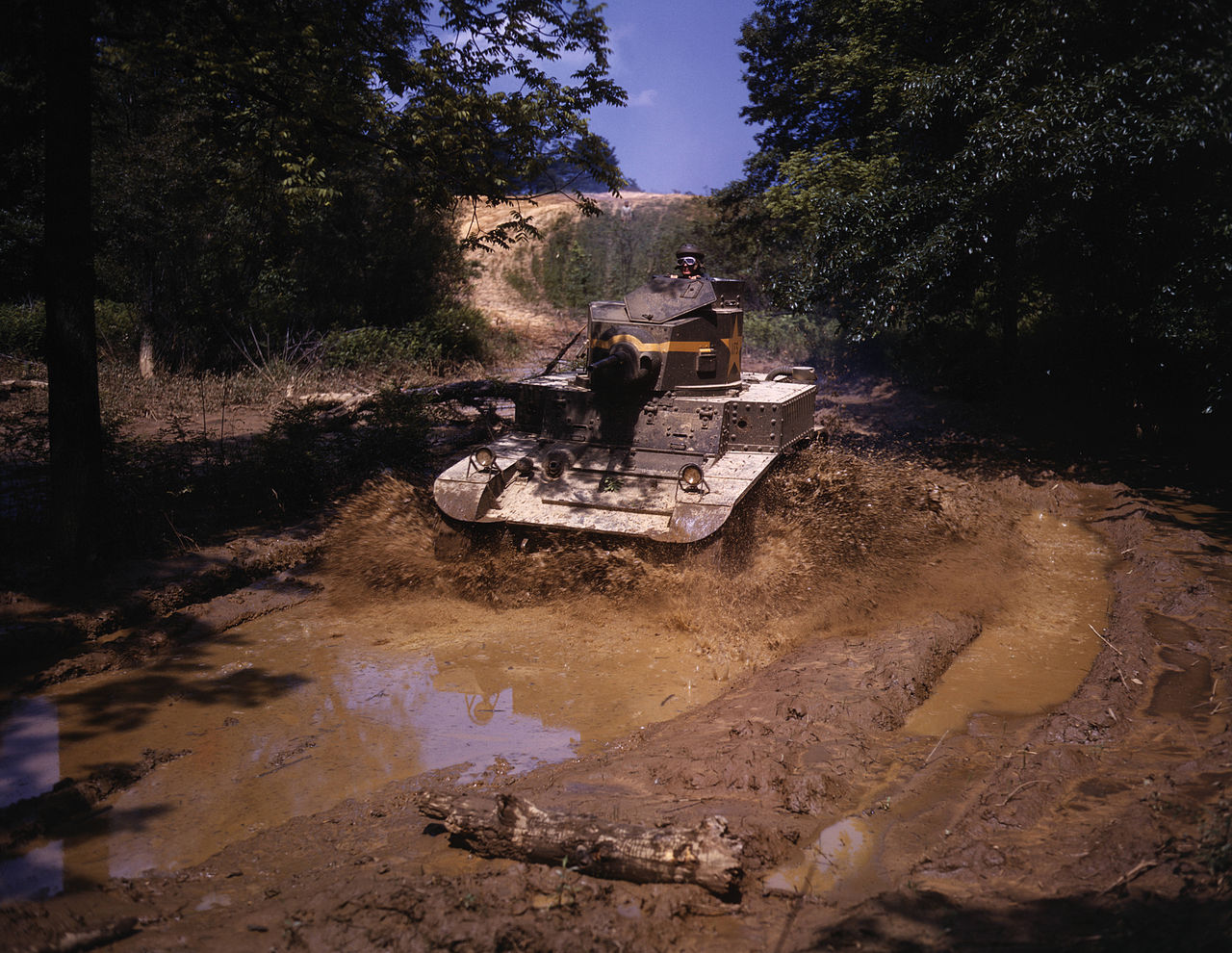
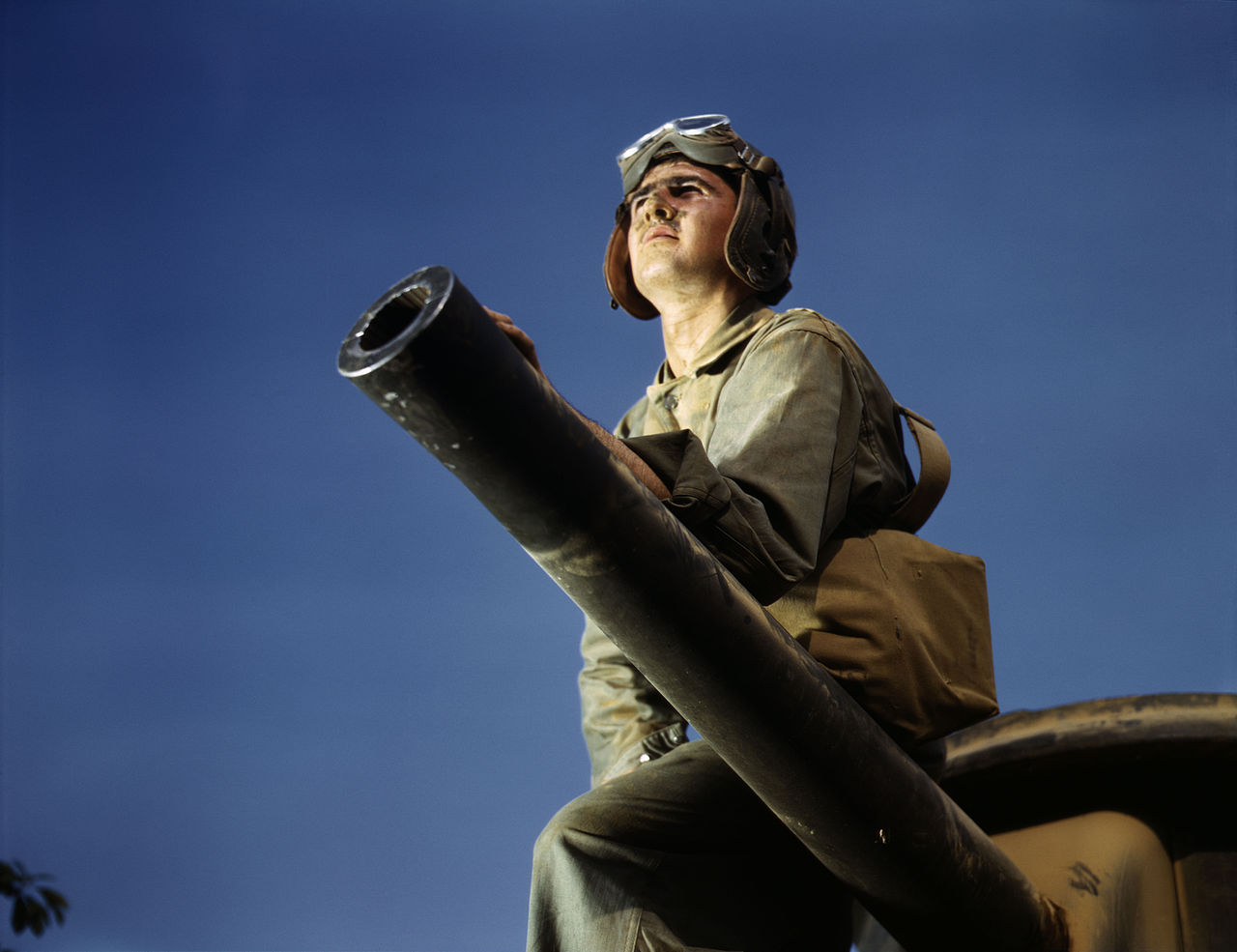

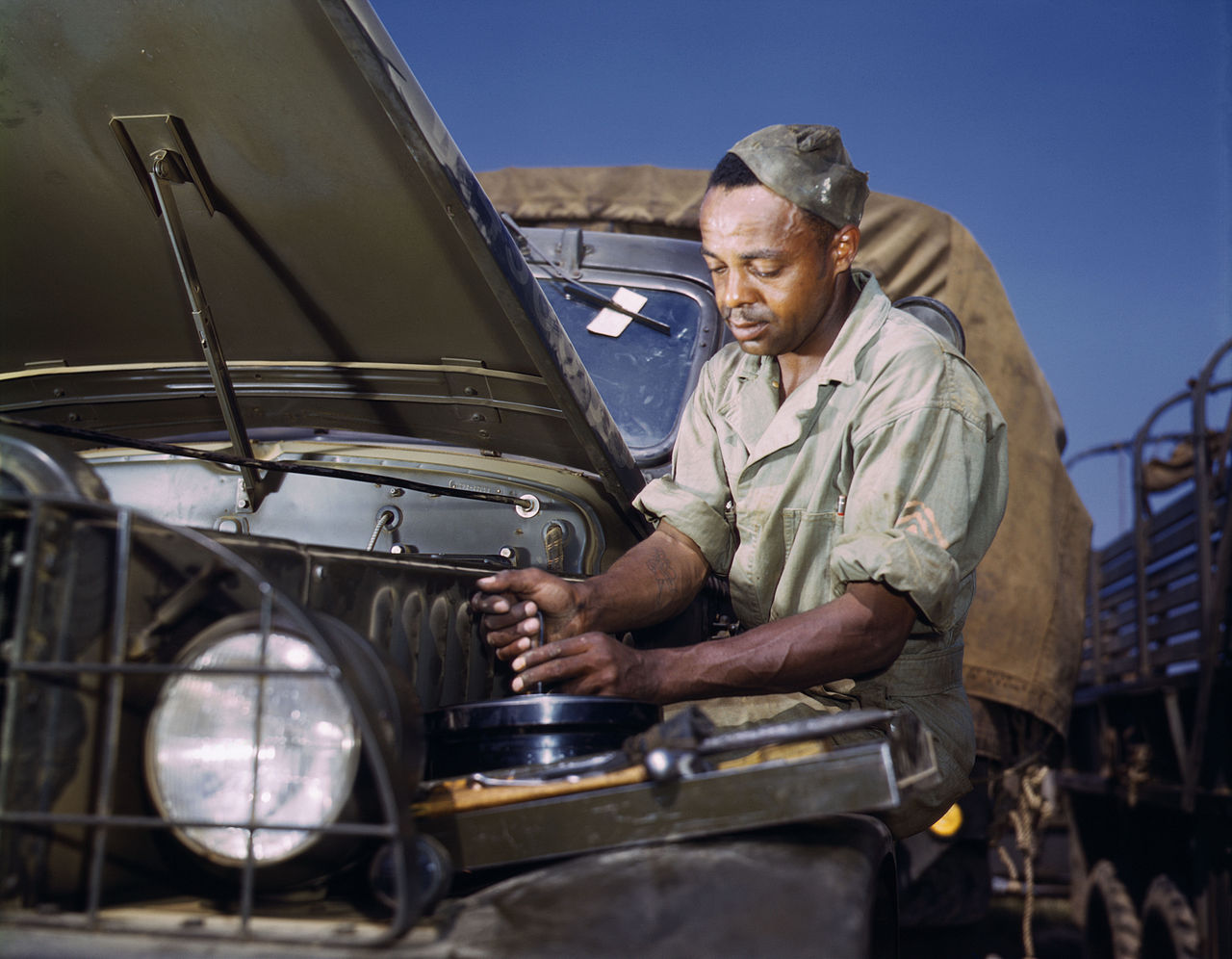

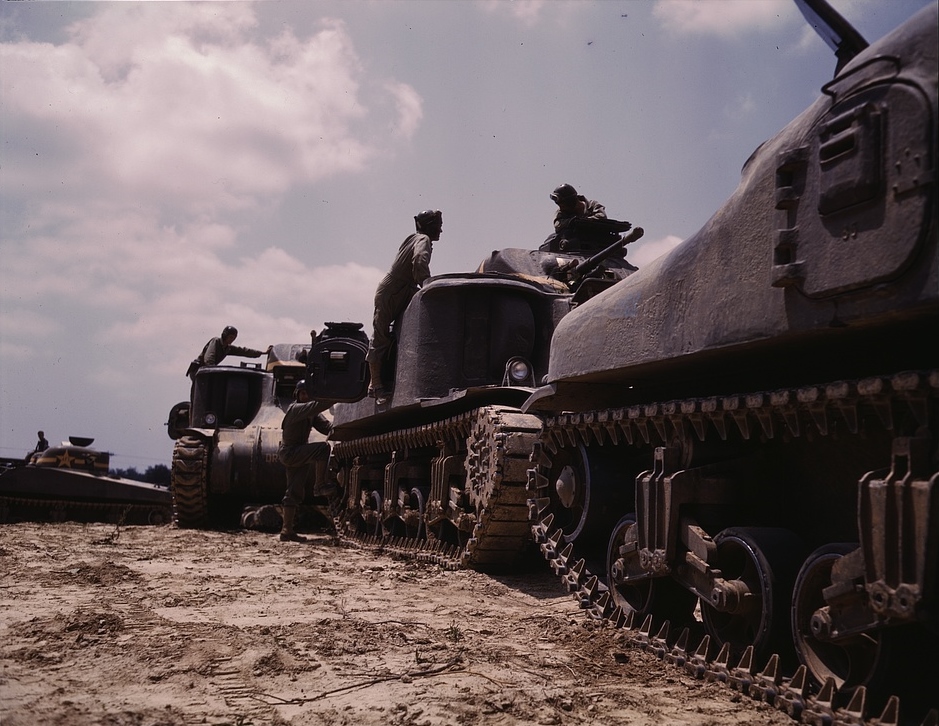

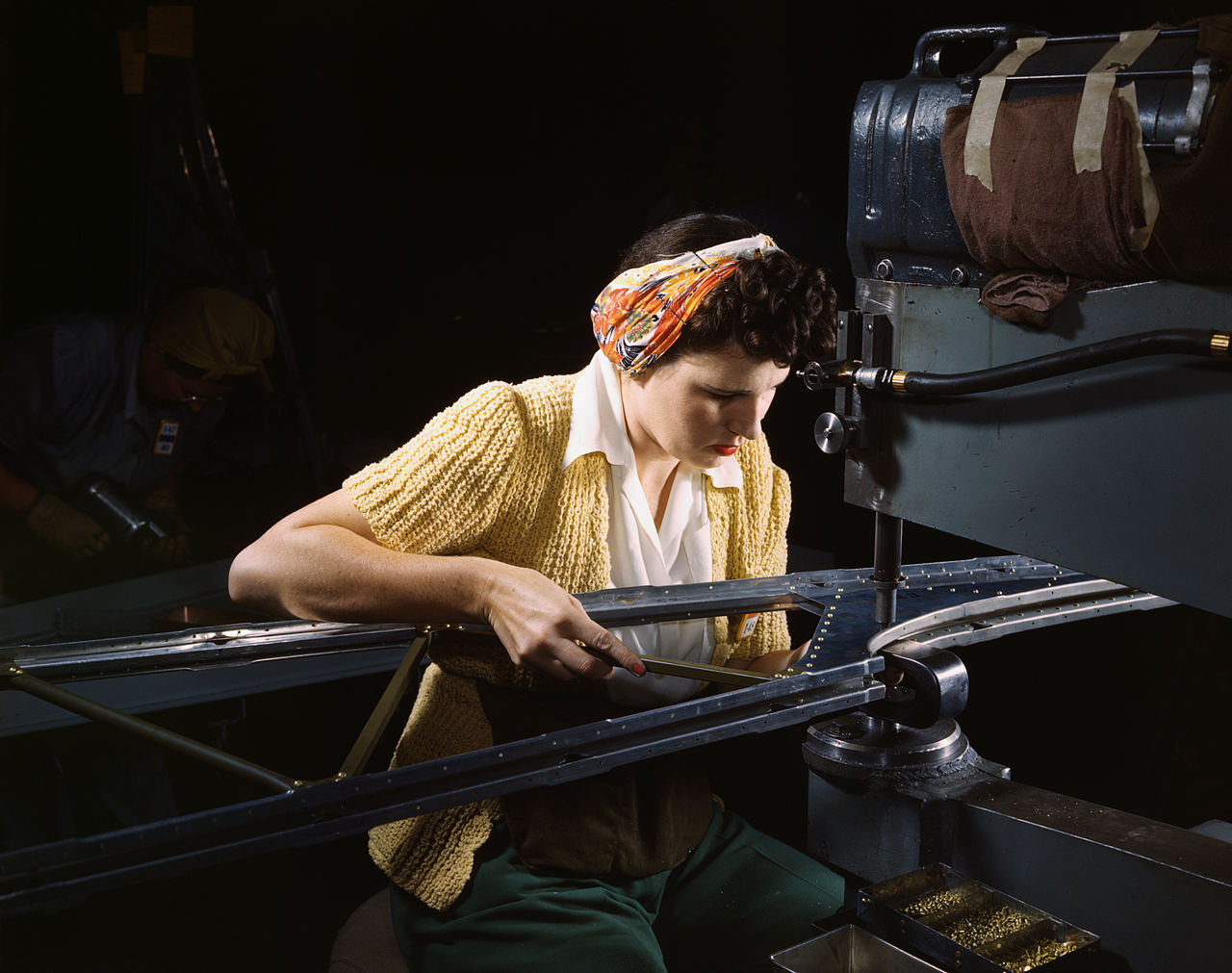
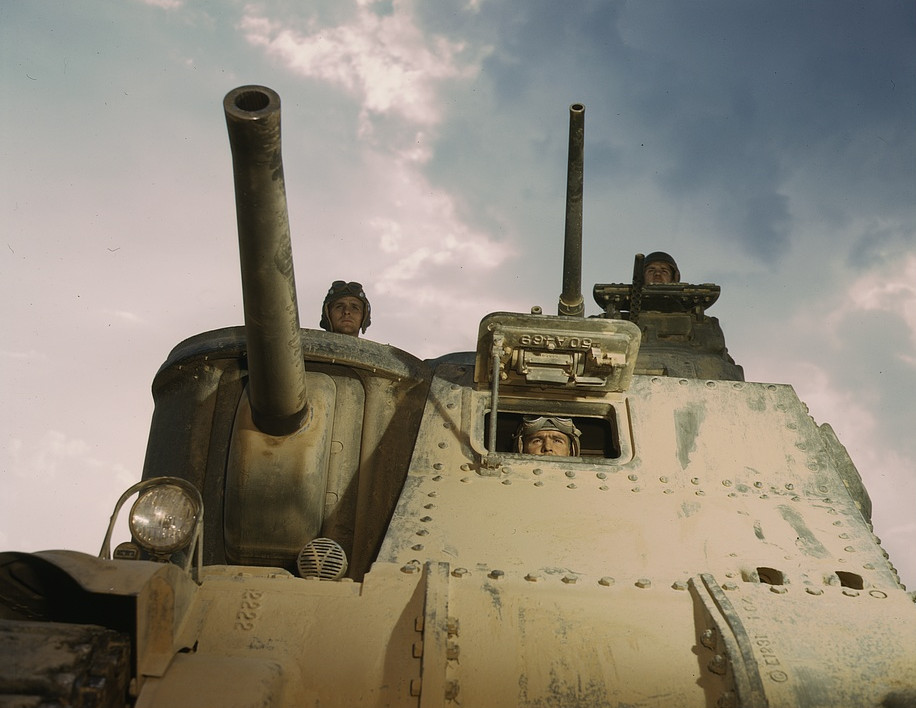
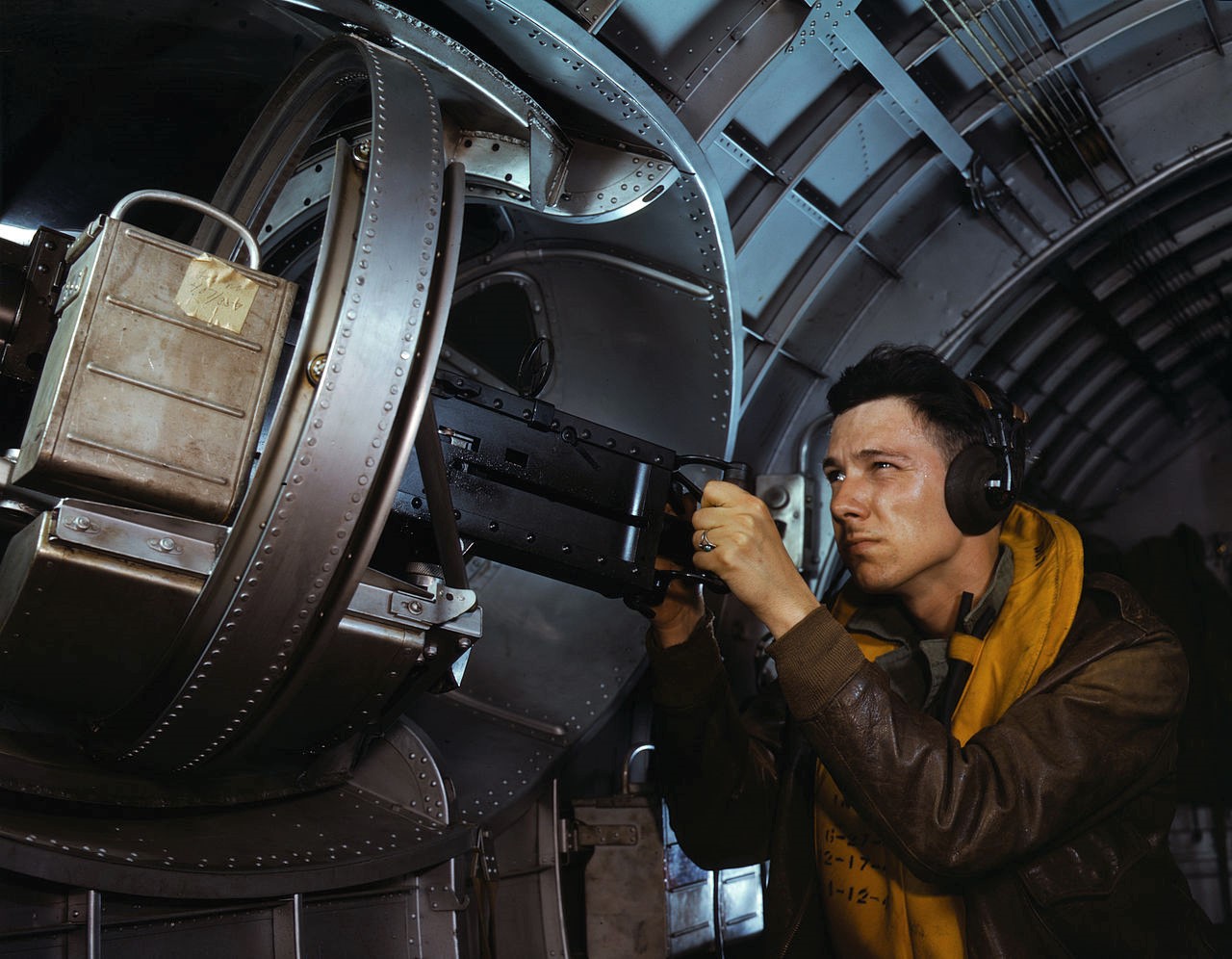
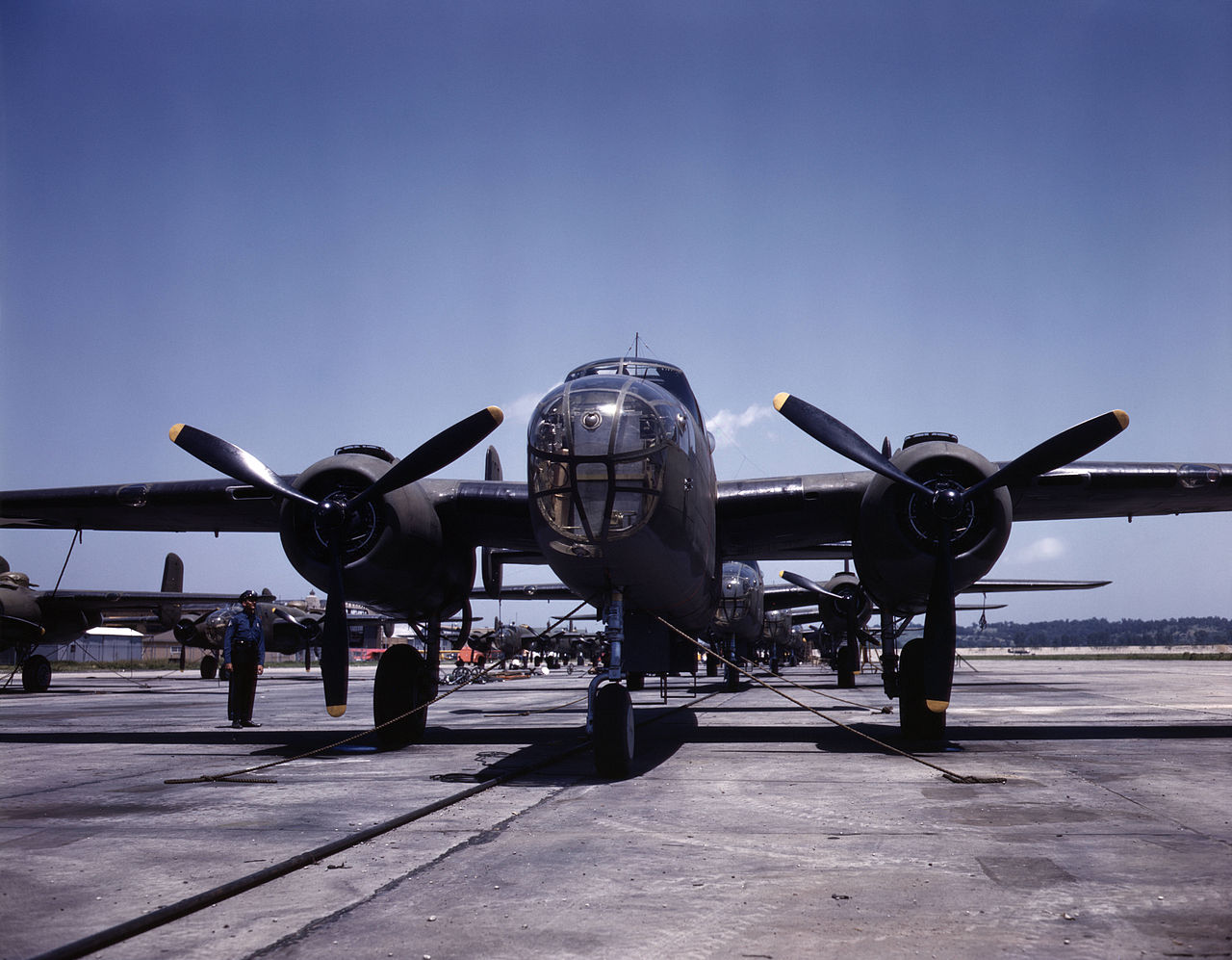
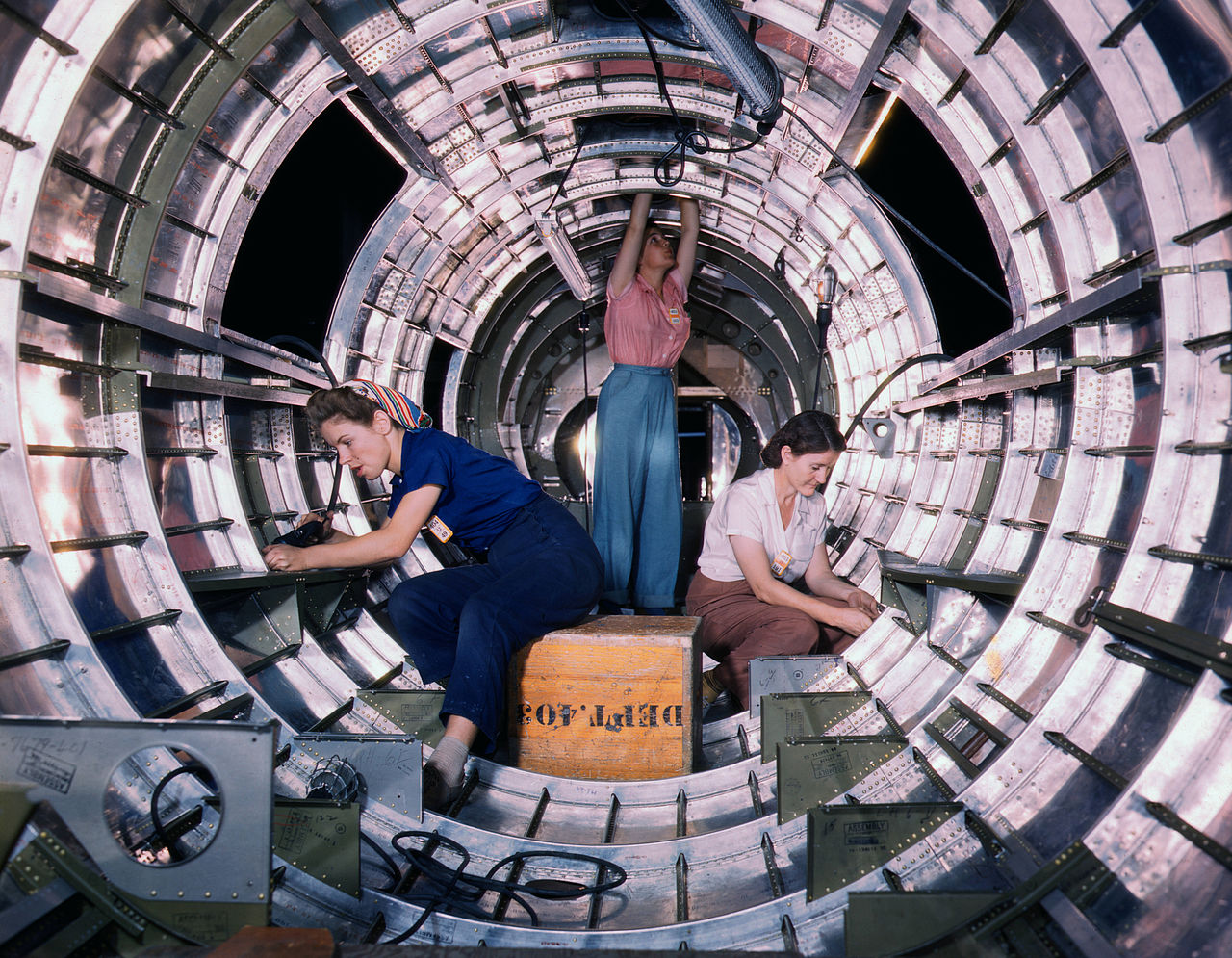
![Mounting of a Wright R-2600 Cyclone engine on a North American B-25 Mitchell bomber, at North American Aviation, Inglewood, California (USA). The Wright R-2600 was the standard engine on the B-25.[1] Original description: "Mounting motor [on a] Fairfax B-25 bomber, at North American Aviation, Inc., plant in [Inglewood], Calif."](https://farm6.staticflickr.com/5528/30890452405_802731caef_o.jpg)

